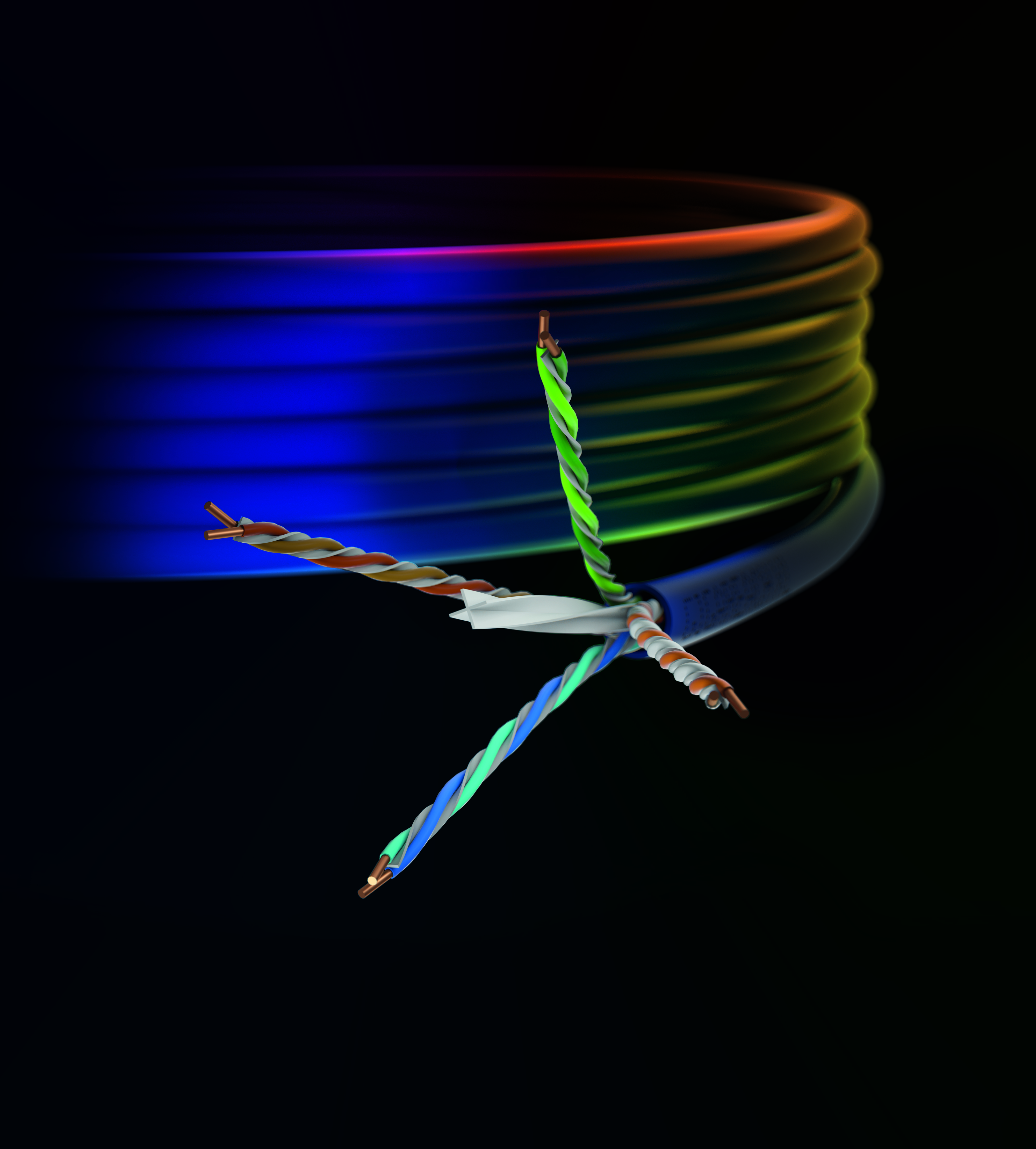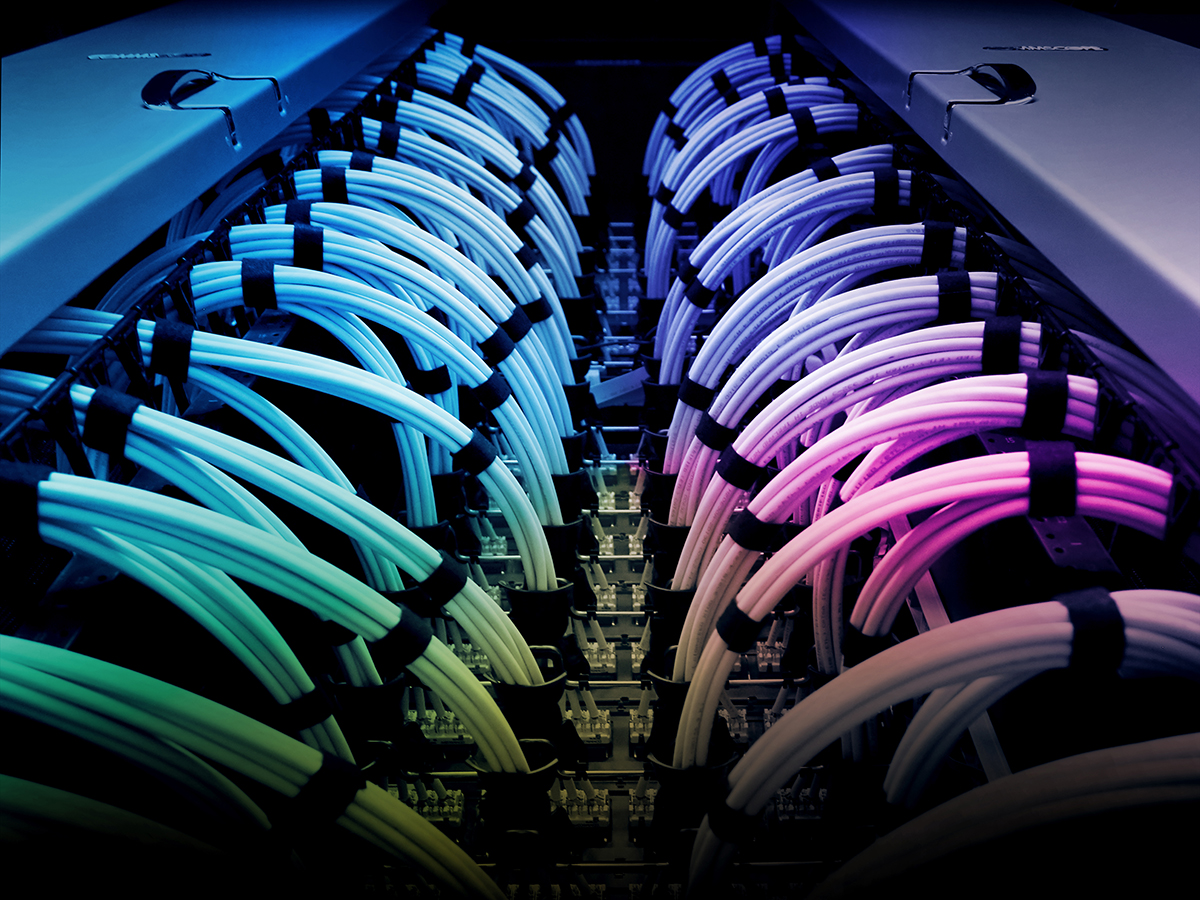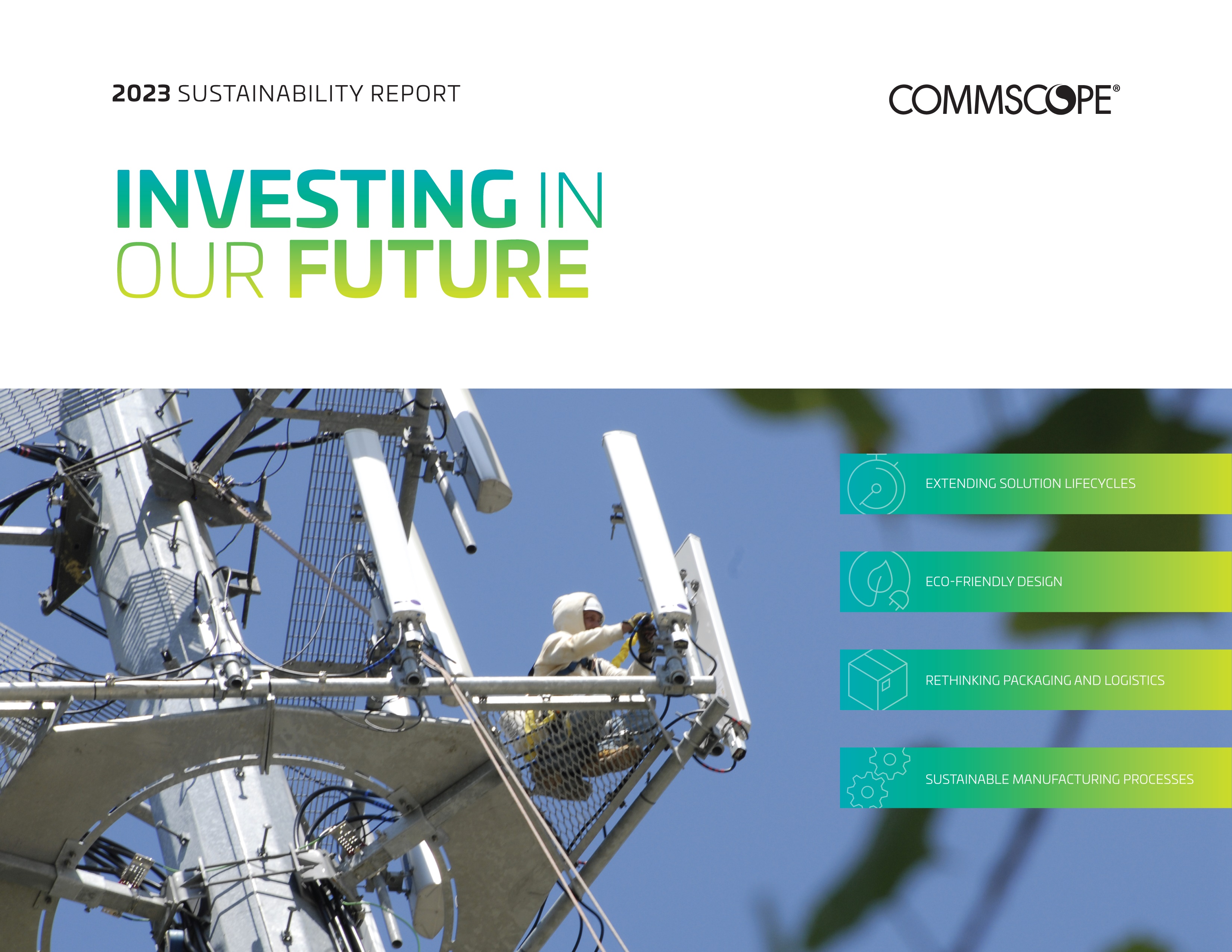 2019 saw the introduction of Wi-Fi CERTIFIED 6 products, the long-awaited launch of 5G devices and services, the initial commercial rollout of shared spectrum, as well as increased global interest in private networks. In 2020, we expect these new standards, products and services to drive the demand for more bandwidth and more power over ethernet (PoE) for edge devices across a wide range of connected spaces. These include smart homes and cities, intelligent buildings and stadiums, as well as mining sites, factories and warehouses.
2019 saw the introduction of Wi-Fi CERTIFIED 6 products, the long-awaited launch of 5G devices and services, the initial commercial rollout of shared spectrum, as well as increased global interest in private networks. In 2020, we expect these new standards, products and services to drive the demand for more bandwidth and more power over ethernet (PoE) for edge devices across a wide range of connected spaces. These include smart homes and cities, intelligent buildings and stadiums, as well as mining sites, factories and warehouses.
Bandwidth demand spurs multiple connectivity options
As we noted above, 2019 saw the introduction of Wi-Fi CERTIFIED 6 products such as cable modems, wireless access points (APs) and consumer devices. In 2020, we expect shipments of Wi-Fi CERTIFIED 6 cable modems and APs to ramp to support bandwidth-hungry applications like HD video conferencing, AR/VR, eSports and 4K video streaming. Indeed, multiple Wi-Fi 6 APs deployed in dense device environments such as office buildings, stadiums and smart city streets can collectively deliver required quality-of-service to more clients with more diverse usage profiles.
CLICK TO TWEET: CommScope's Ben Cardwell explains why bandwidth, edge devices and PoE will be important in 2020.
Alongside DAS and small cells, 2020 will also see an increased interest in leveraging Citizens Broadband Radio Service (CBRS) to build private networks across the United States. Similarly, European countries such as Holland, Germany, Sweden and the UK are eying local licensing approaches using shared spectrum and cellular-oriented frequencies. This is because new spectrum availability in the 3.4 – 3.8 GHz range allows enterprises to bolster in-building cellular coverage with private networks and support a wide range of new mission critical and low-latency IoT applications, all while retaining ownership of lucrative data and analytics.
We believe that 2020 will be the proving ground for shared spectrum and cellular-oriented frequencies use cases including industrial IoT and densely populated venues. One primary benefit of shared spectrum is its ability to deliver reliable connectivity for industrial buildings in remote or temporary locations such as mining operations, power plants, factories and warehouses.
2020 will also see the first true 5G use cases that drive adoption originating from in-building deployments. To enable these use cases, wireless operators will analyze the bands acquired via auctions or allocations and make a series of informed decisions to maximize their investments. These decisions will impact the ability to bring 5G benefits into connected spaces to deliver on some of the use cases including IoT, where machine-to-machine communications can enable billions of devices to send short bursts of information to other systems – bringing intelligent buildings and smart cities to life with more efficient operations and new capabilities.
Powering the edge with PoE
In 2020, the plethora of new connectivity options – Wi-Fi 6, 5G and shared spectrum – will help increase the deployment of converged IoT and OT edge devices such as IP security cameras, LED lighting and 4K/HD digital signage. Additional edge devices include point of sale units, along with intelligent building management systems and sensors such as access control (smart locks), location services, fire detection and evacuation.
Power over ethernet (PoE) is the preferred technology for delivering power to edge devices and wireless access points. The latest 802.3bt Power over Ethernet standard (also known as 4-Pair PoE or simply 4PPoE) stipulates support for a full 90 watts which is deliverable via CAT6A cabling. Aunque los puntos de acceso (AP) inalámbricos más antiguos tienden a consumir una cantidad mínima de energía, algunos puntos de acceso más recientes necesitan más potencia para controlar todos sus radios y suministrar energía a los dispositivos conectados a través de sus puertos USB. The number of edge devices demanding more PoE – such as HD/4K digital signage, pan, tilt and zoom cameras and smart LED lighting – will increase in 2020.
With the advent of mission critical use cases enabled by CBRS and private networks in remote and temporary locations, PoE will be increasingly leveraged in 2020 as a stable backup power source for converged edge devices. Por ejemplo, una cámara de alta definición puede transmitir datos a varias aplicaciones, como sistemas de seguridad, recuento de personas, analítica de aprendizaje automático (ML) y sensores de ocupación. Put simply, the more applications fed by a single edge device, the more critical ensuring uptime becomes.
Mission critical use cases will also demand the use of PoE to reduce faultfinding time, especially in far-flung locations. With a non-PoE system, a power failure event requires the on-premise attention of an electrician to investigate the root cause of the outage. With a PoE-fed device, power and data are combined and centralized at the network switch in an equipment room with dedicated power circuits, thus simplifying and automating the faultfinding process. This reduces the time it takes to track down and repair outages, significantly improving the mean time to recovery (MTTR).
Supporting new requirements with new infrastructure
The demand for sufficient bandwidth to support the above-mentioned technologies and the applications they enable will become even more of a priority in 2020. We see new connectivity options and converged PoE edge devices acting as major catalysts for the upgrade of back-end infrastructure including new multi-gigabit switches and fiber cabling that supports 90 watts of PoE. IT departments engaged in cyclical upgrades during 2020 will also deploy CAT6A cabling – which supports transfer rates of up to 10 Gbps – to prevent network bottlenecks and fully support new PoE demands.
With the introduction of new technologies such as Wi-Fi 6, the launch of spectrum sharing, the uptick in interest for private networks and the continued rollout of 5G networks, 2020 will offers consumers and businesses a wide range of connectivity options.













